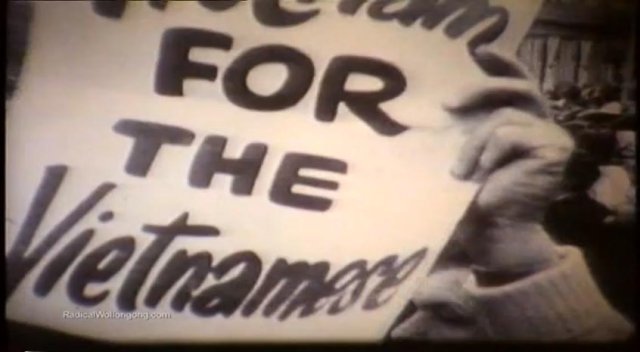
A new documentary film Radical Wollongong, produced by Green Left TV, will premiere in Wollongong in early May, followed by screenings in other cities and regional centres.
The film features activist participants from Wollongong's radical history of strikes and community rallies, from miners’ struggles to Aboriginal justice and environmental protection.
Co-producer John Rainford gives some background to how the Communist Party of Australia grew quickly during the depression.
***
The land fit for heroes that was the promise of peace at the end of World War I was slow to come to Wollongong. Instead, the immediate post-war employment crisis resembled a rehearsal for the Great Depression.
By early 1930, the blast furnace at the newly opened steelworks, known as “Emily” after the wife of the founder of the Hoskins steel business, shut down less than 12 months after it was first fired up. One thousand workers lost their jobs. They joined 1300 miners — one-third of the regions coalminers — looking for work. Families squatted in squalid conditions in the bush and on the beaches.
During the depression, about a third of the Australian workforce was unemployed. The Communist Party of Australia (CPA), which formed in Sydney on October 30, 1920, campaigned for increased dole payments, a prohibition on evictions and the introduction of rent allowances.
The CPA also established a number of fraternal or “front” organisations, the largest of which was the Unemployed Workers’ Movement (UWM) set up in 1930. By 1934 it had 68,000 members across Queensland, New South Wales and Victoria.
In Wollongong, the UWM began to organise in early 1930. It had 3000 members organised in 14 branches by May. Self-help, relief, employment at union rates and political action were its objectives.
The UWM took over land for communal gardens, distributed food to the destitute, opened soup kitchens, organised rabbit hunts, operated small fishing boats and built bush settlements for the homeless.
Their actions were denounced by the conservative Wollongong mayor WL Howarth who in turn was declared the “Mussolini of the South Coast” by UWM organiser Robert Shapley.
Pickets were organised to prevent evictions and UWM members were active in the South Coast Free Speech Committee whose members were fined and jailed for conducting street meetings in defiance of a council ban.
Adhering to an old Chartist dictum that, “God helps them who help themselves” a group of UWM members helped themselves to the food and clothing to be found in railway freight wagons heading to Wollongong from Sydney. They bordered the trains as they slowed down leaving the Scarborough tunnel, threw off the goods between Coledale and Austinmer, and took them up the bush for later distribution.
Boosted by the prospect of another war, employment conditions improved from the mid-1930s in Wollongong.
WWII was preceded by the Spanish Civil War which began in July 1936. This provided Germany’s armed forces with the opportunity of combat experience when it intervened on the side of Spanish dictator Francisco Franco and assisted in the defeat of the popularly elected Republican government.
The Condor Air Legion used the occasion to develop the technique of carpet bombing and distinguished itself by bombing undefended towns and villages sympathetic to the Republican cause. The painter Pablo Picasso provided the most definitive record of the horror when his painting “Guernica”, named after the Basque town subject to a particularly brutal assault, was exhibited at the Paris World Fair in 1937.
While Western governments looked the other way, 40,000 volunteers from around the world fought in the International Brigades. Communists constituted the majority of the 60 or so Australian men and women who went to fight in Spain: 28 died there. Among the Australian communists who returned were Joe Carter and Jim McNeil from Port Kembla.
[This series continues next week with the story of how Robert Menzies, Australian attorney-general and minister for industry in 1934, came to be known as ‘Pig Iron Bob’ during the Port Kembla Wharfies’ dispute on the ship Dalfram.]